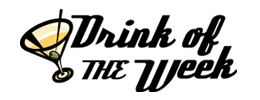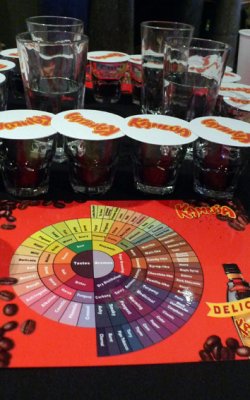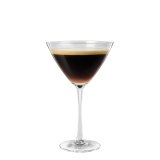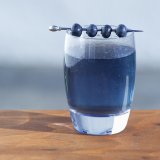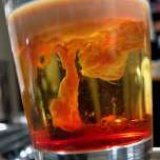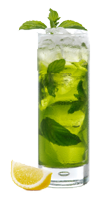We recently attended our first coffee cupping sponsored by Kahlúa. We didn’t know what cupping meant. But, from what we can tell (and what we were told by the expert), it basically means tasting. It was interesting to me that there was actually a slice of the beverage world more pretentious than the wine world. I don’t mean to slam the whole wine world but they do make it pretty intimidating for beginners—the lingo, the incessant references to “terroir” (which is basically a sense of place), the accepted behavior, the spit bucket. It took me years of classes to feel like I wasn’t an idiot at a wine tasting. Unfortunately, I am not the only one and I know a number of people who were turned off of wine for this exact reason.
I digress on the wine tangent. But I was a bit intimidated about the coffee cupping. I am out of my element with coffee. I don’t know much about it. I don’t make it. I generally don’t drink it much because it’s a bit too bitter for my tastes. However, when I have traveled to Israel and Italy, I loved it and drank tons of it. So, despite my intimidation surrounding the cupping, I was also excited to learn more about the coffee and maybe why I liked some coffee and didn’t like others.
The coffee cupping session was led by Daniel Humphries, a passionate man with an encyclopedic knowledge of coffee who broke the subject down into easy-to-understand bites of information. And, he wasn’t hard on the eyes either. The hour and a half long coffee cupping session flew by. First, our expert gave us a mini lecture on the coffee world and an explanation on how to cup coffee. Then, we actually cupped coffee. (As you can see, I am enjoying using the word cupping; it’s just more fun than the word tasting).
There are five steps to cupping coffee:
- Grind fresh coffee beans (a helpful tip was to check the roasted by date on the coffee packaging; if there isn’t, try to buy one with a far off expiration date)
- Smell the ground beans (inhale the fragrance)
- Brew the coffee – pour hot water over the ground beans and allow to brew for 4 minutes, which allows a crust to form over the coffee (the crust is very important as the volatile aromas are just below the crust)
- Break the crust – immediately smell the aromas
- Slurp the coffee (you remove the crust, take your spoon and use it to slurp the coffee) – taste the flavors
We cupped four very different coffees. One was from a specialty roaster, one was a single origin coffee from Kenya, one was a dark roast from a grocery store and the last was the coffee that is used to make Kahlúa. It was amazing how different the coffees smelled and tasted from one another and even how different a single coffee smelled and then tasted. I was entranced by the floral aromas of the Kenyan coffee, which would have made a lovely perfume. But, it was the Kahlúa coffee that I really liked when drinking the coffee. While the Kahlúa coffee showed nicely on the nose, it had an intense chocolate flavor when drinking it that was definitely redolent of Kahlúa. I even remarked when smelling it and then tasting it, that it reminded me of Kahlúa. It didn’t even cross my mind that the beans would be the actual beans used to make Kahlúa (and smuggled in across the border from Veracruz in Mexico).
At the end of the cupping, we voted on our favorite coffee. The Kahlúa coffee was a clear winner with the most votes. The specialty roasted coffee was the second favorite of the crowd. Most folks agreed that the Kenyan coffee was a nose pleaser but not a palate pleaser and that the grocery store coffee wasn’t so good. In fact, one taster commented that the coffee reminded him of fish, which is apparently a sign that your coffee is past its prime.
The coffee cupping was a clear winner, a favorite of the crowd! I had an amazing time and am looking forward to my next lesson in coffee tasting. While I am certainly not a pro, I am at least on my way. My hope is to one day win the coveted Golden Tongue award. You get to be a “Golden Tongue” when you are a very good taster.
Photo by Marcia Simmons.
